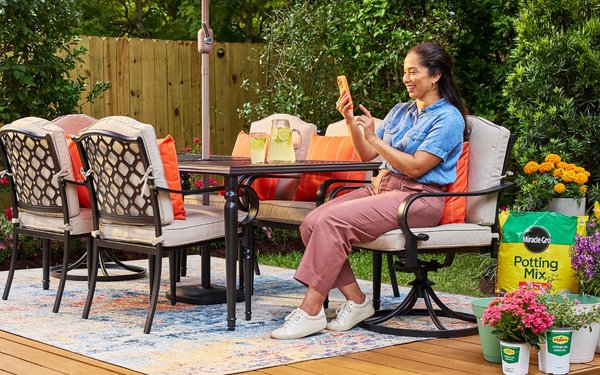
Home Depot’s
second-quarter results came in just short of Wall Street expectations, but the company continues to outpace the industry in a sluggish housing market. The Atlanta-based retailer said comparable-store
sales rose 1%, with strength in smaller projects like gardens offsetting weaker demand for big-ticket renovations typically tied to home sales.
Total sales
increased 4.9% to $45.3 billion, driven largely by revenue from SRS, its recently acquired building supplies company. Net earnings were flat at $4.6 billion. Despite the modest growth, Home Depot
reaffirmed its forecast of a rough 1% annual sales gain, citing resilience in consumer spending.
“A chronically ill housing market persists, with
existing-home sales struggling to find growth despite moderating price increases and mortgage rates,” writes analyst Jaime Katz, who follows Home Depot for Morningstar. “Still, helped by
product breadth, Home Depot is gaining market share, outpacing the 1% industry decline in the quarter.”
advertisement
advertisement
Executives attributed the improving demand to
continued investments in omnichannel retailing. Online sales jumped 12%, with faster delivery speeds driving more engagement. Bright spots included patio furniture, grills, and live goods.
Home Depot also saw improvement in bigger-ticket (those over $1,000) transactions, up 2.6% compared to the second quarter of last year, said Billy Bastick,
executive vice president of merchandising, on a call webcast for investors. He cited strength in building materials, lumber and hardware. But that growth didn’t translate to the biggest tickets:
“We continue to see softer engagement in larger discretionary projects where customers typically use financing to fund the renovation project.”
Neil Saunders, managing director of GlobalData, struck a cautiously optimistic note. While he described the gains as “shallow,” he added that they “show a material
strengthening over the last quarter and provide confidence that the slump in home improvement is finally over.” Still, he noted that “the ongoing weakness in real estate, down 1.9% this
quarter compared to the prior year, still saps demand for all kinds of home improvement spending – especially bigger projects.”